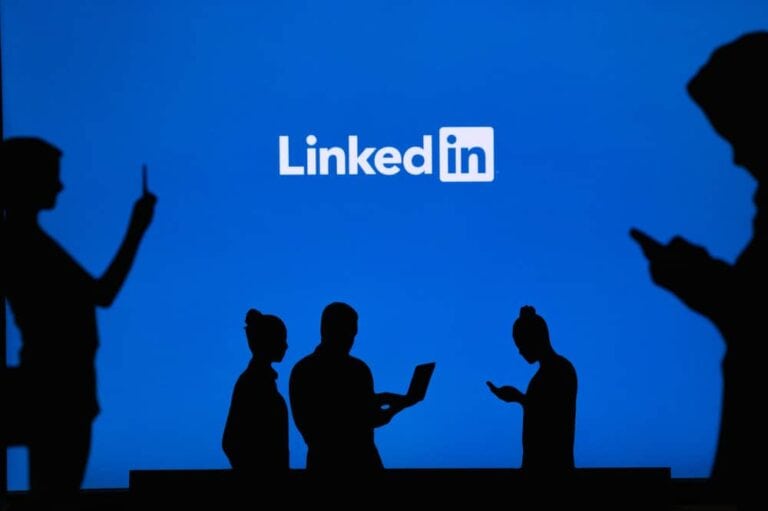LinkedIn, which is owned by Microsoft, will not be migrating over to Azure anytime soon. The pause in its cloud plans is said to be due to the “incredible demand” for Azure, although LinkedIn also had no desire to move away from its software tools.
As of right now, LinkedIn has more than 1 billion members, which it mainly serves with four datacenters. Instead of choosing to migrate to parent company Microsoft’s cloud platform Azure, LinkedIn is instead investing in an additional datacenter.
“Blueshift” project on hold
Microsoft bought LinkedIn in 2016 for $27 billion. Three years later, the so-called Project “BlueShift” began, which was supposed to bring the social media company to Azure. Before the acquisition, LinkedIn was actually known for innovations in creating its hardware and making hefty investments in its own datacenter infrastructure.
An internal memo from June 2022 from LinkedIn CTO Raghu Hiremagalur already spoke of continued innovations in on-prem infrastructure. In addition, an internal document viewed by CNBC revealed that LinkedIn and Microsoft have agreed not to run the LinkedIn website on Azure for the time being.
A spokesperson revealed that Azure plays a supporting role to LinkedIn’s on-prem infrastructure, on which it deploys 100 employee-facing applications. For example, Azure Front Door ensures that information is available globally with low latency to appear in users’ feeds.
Azure’s tools don’t fit with how LinkedIn operates
Since Microsoft Azure provides a unified set of services, it’s notable that Microsoft’s own LinkedIn does not seem to have found a way to adopt them. It did not want to move away from its own tools, making the benefits of a cloud service a lot more debatable.
Initially, SVP of Engineering Mohak Shroff spoke in 2019 about the many benefits the Azure adoption would bring. Broad hardware and software offerings, along with a global scale, would be taking LinkedIn to the next level. Even then, Shroff was cautious at the time: “the exact end state of [our] datacenters is unclear.” The bottom line, though, was that all datacenter assets would be moved to the cloud. Now, however, it appears that this infrastructure is still vital.
Where LinkedIn chooses not to move to the cloud, social media platform X proved that a return to on-prem can similarly pay big dividends. That company reportedly saved a massive amount of costs by using its own servers again.
Also read: X slashes its bills with on-prem adoption: is a wider ‘cloud exit’ imminent?
